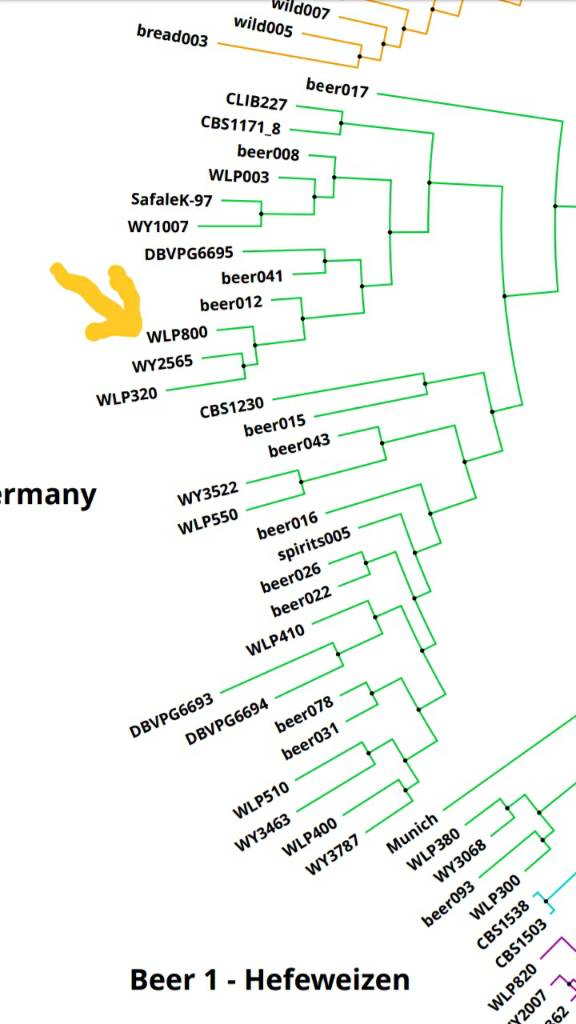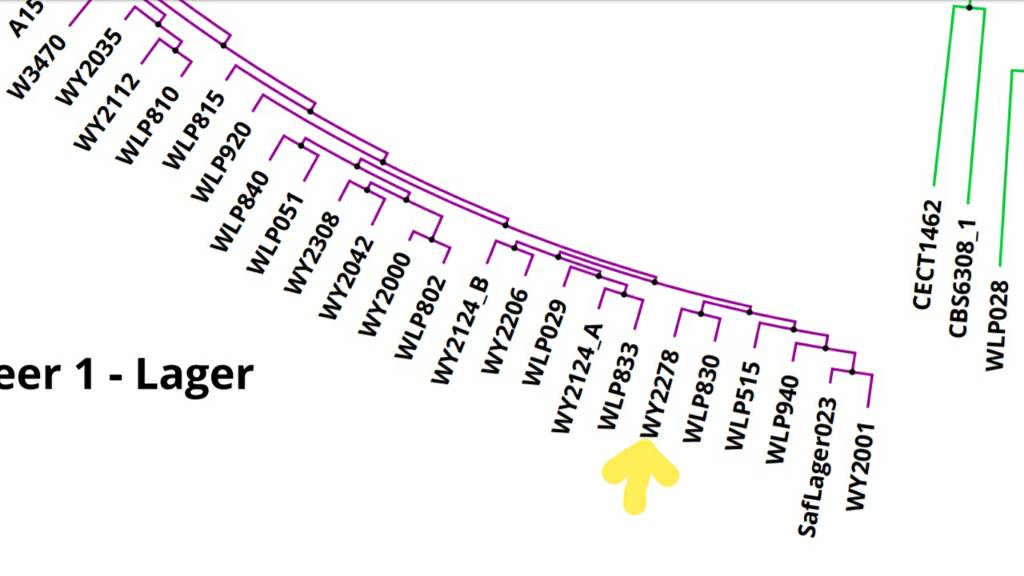Pilsner Urquell used to (like all breweries before modern microbiology) use a mixed culture, not a single yeast strain. Most brewers switched to pure yeast cultures soon after it was possible in the 19th century. Urquell used a multi cell culture until much later, although ultimately they were fermenting separate batches with the separate strains (up to 6 separate fermentations using open and closed fermentation and different strains) and blending the beers for packaging. Around 1990, they switched to modern unitanks and a single strain. H is the strain they ultimately chose from their original mix to be the only one now used in production. D was another of the strains in the old mix. (Interestingly, gene sequencing has shown H to be a cerevisiae strain closely related to Bavarian wheat beer strains, not pastorianus! At least that's the most current story...)







![Craft A Brew - Safale S-04 Dry Yeast - Fermentis - English Ale Dry Yeast - For English and American Ales and Hard Apple Ciders - Ingredients for Home Brewing - Beer Making Supplies - [1 Pack]](https://m.media-amazon.com/images/I/41fVGNh6JfL._SL500_.jpg)




















































